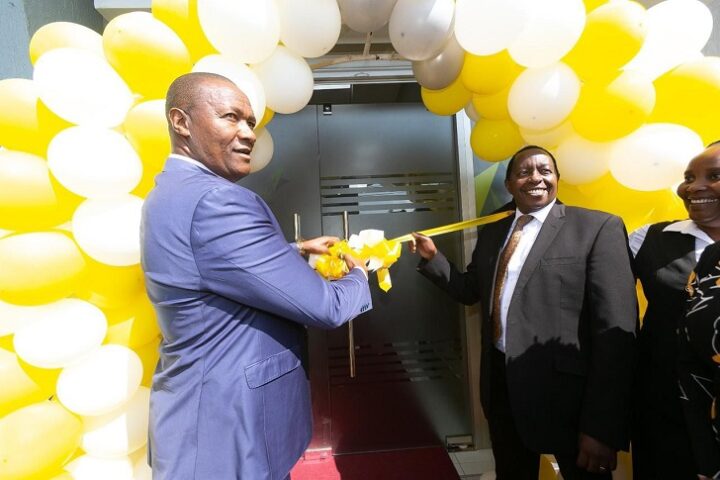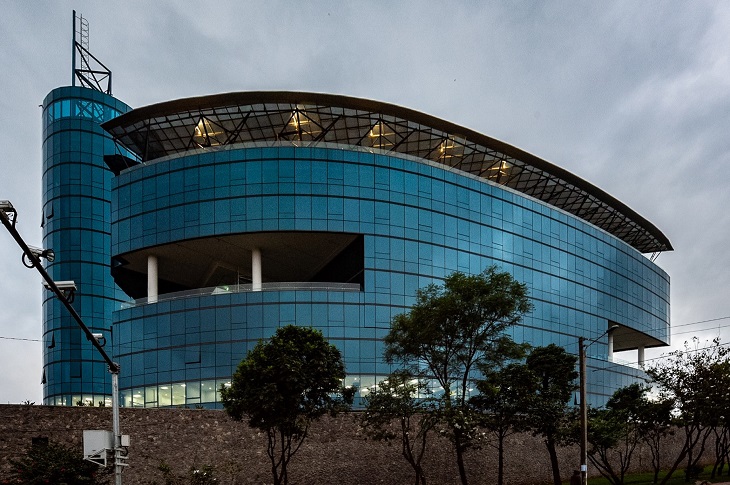Protests in Kenya disrupted the private sector in July, leading to a marked deterioration in business conditions.
Political instability led to a reluctance among customers to commit to new orders, while the protests themselves in some cases blocked access to businesses and prevented them from opening.
These factors caused steep reductions in both output and new orders, while there was evidence of delays in completing outstanding business and receiving purchased items from suppliers. Meanwhile, input costs increased for the second month running, feeding through to a further rise in selling prices.
That said, rates of inflation remained much softer than seen during 2023. The headline figure derived from the survey is the Purchasing Managers’ Index™ (PMI®).
Readings above 50.0 signal an improvement in business conditions in the previous month, while readings below 50.0 show a deterioration.
The headline PMI dropped sharply in July to 43.1 from 47.2 in June, signaling a marked deterioration in business conditions in the Kenyan private sector at the start of the third quarter of the year. Operating conditions worsened for the second month running and to the greatest extent since April 2021.
The deterioration in business conditions was due to rapid reductions in both output and new orders, in turn largely reflecting disruption caused by protests and political instability. A lack of money in circulation and cost of living pressures also contributed to declines in demand and business activity. In both cases, rates of contraction were the most pronounced since April 2021.
Business activity decreased across four of the five broad sectors covered, with the sharpest decline in agriculture. Manufacturing was the only category to post a rise in output. Disruption from the protests impacted the ability of suppliers to deliver items to companies and the completion of projects by Kenyan firms themselves.
As a result, suppliers’ delivery times lengthened for the first time in ten months and backlogs of work accumulated to the greatest extent since March 2023. Purchase prices increased for the second month running in July, reflecting high living costs and taxation. Although the pace of inflation quickened from that seen in June, the latest rise was still much weaker than those recorded during 2023.
Meanwhile, staff costs increased marginally. Output prices were also up modestly and for the third successive month. While some firms increased charges in response to higher input costs, others lowered selling prices in a bid to boost sales.
Companies scaled back purchasing activity and stocks of inputs in July, but continued to raise employment. That said, the pace of job creation was only fractional and the slowest in the current seven-month sequence of rising staffing levels.
Business confidence dropped and was the second-lowest on record, only marginally above the series nadir posted in February. Those companies that remained optimistic about the outlook for business activity generally linked this to plans to open new branches.
Related Content: Gen Z Protests Led To Slumping Of Sales And Employment Freeze













